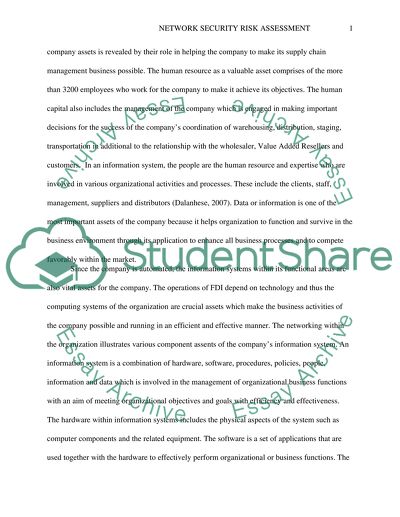Cite this document
(“Network Security Risk Assessment Term Paper Example | Topics and Well Written Essays - 2250 words”, n.d.)
Retrieved from https://studentshare.org/information-technology/1395258-network-security-risk-assessment
Retrieved from https://studentshare.org/information-technology/1395258-network-security-risk-assessment
(Network Security Risk Assessment Term Paper Example | Topics and Well Written Essays - 2250 Words)
https://studentshare.org/information-technology/1395258-network-security-risk-assessment.
https://studentshare.org/information-technology/1395258-network-security-risk-assessment.
“Network Security Risk Assessment Term Paper Example | Topics and Well Written Essays - 2250 Words”, n.d. https://studentshare.org/information-technology/1395258-network-security-risk-assessment.


